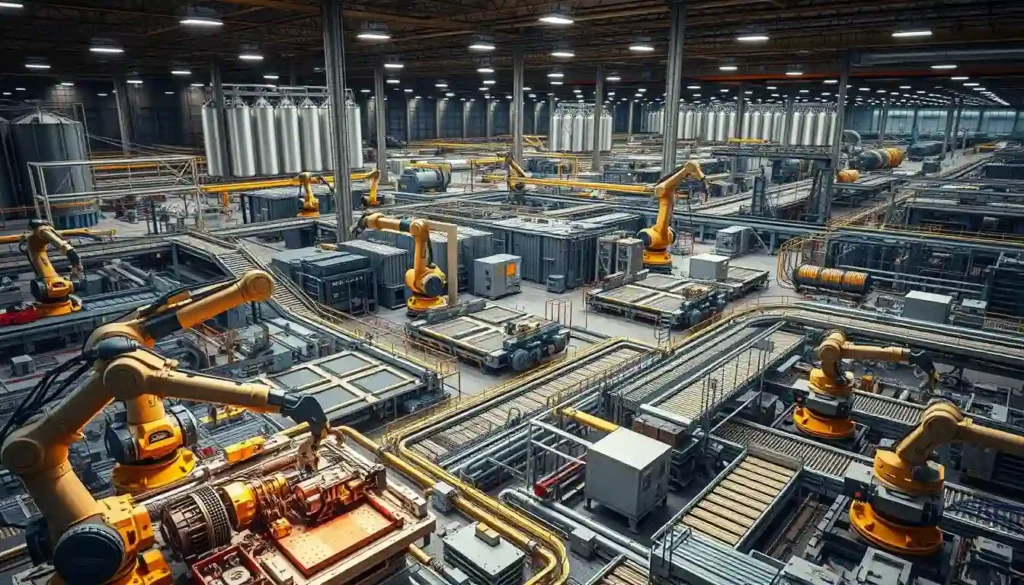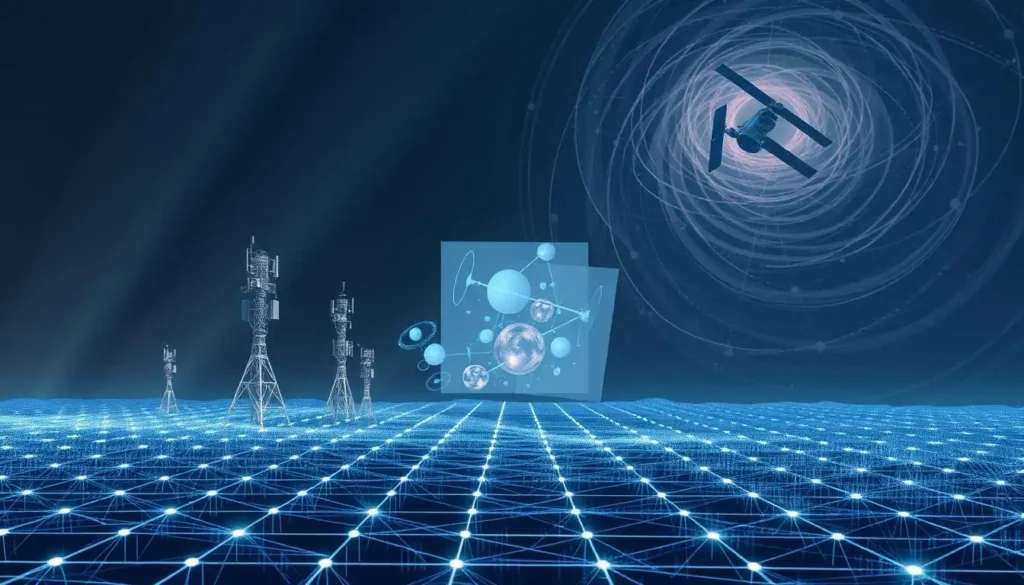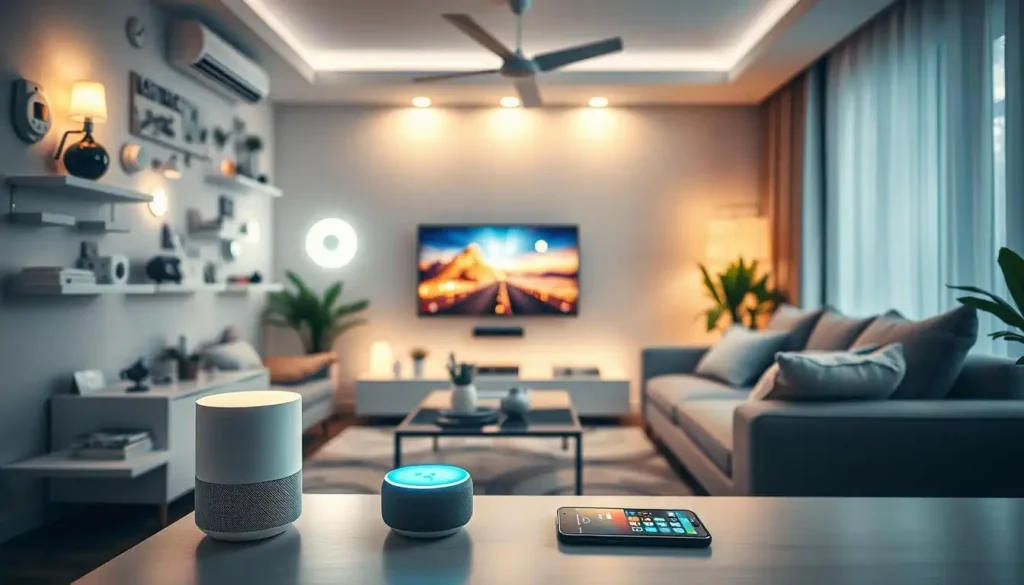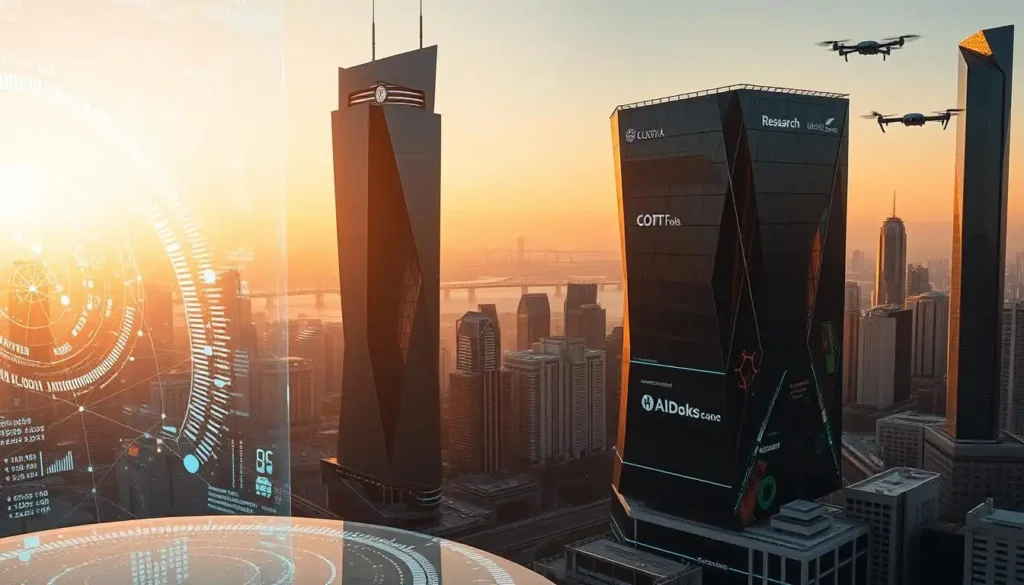Posted inTechnology
The telecommunications landscape is on the cusp of a significant transformation with the advent of 6G development, building upon the foundations laid by 5G technology. As we transition towards even…
Posted inTechnology
The world is becoming increasingly interconnected, and smart technology is at the forefront of this revolution. With the rise of IoT and connected devices, our daily lives are becoming more…
Posted inTechnology
The technological landscape is undergoing a significant transformation, driven by the rapid evolution of Artificial Intelligence (AI). As AI continues to advance, it's revolutionizing innovation across various industries, from healthcare…




